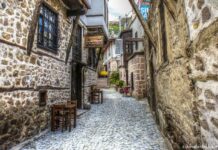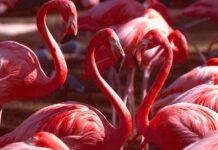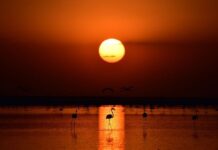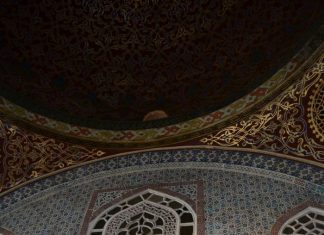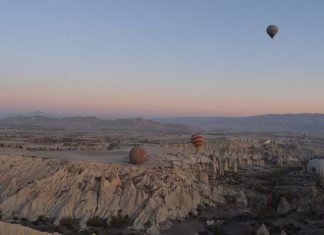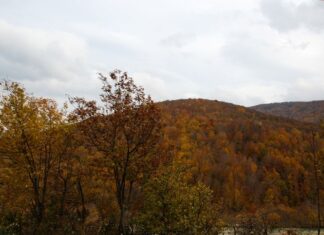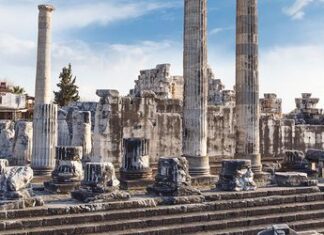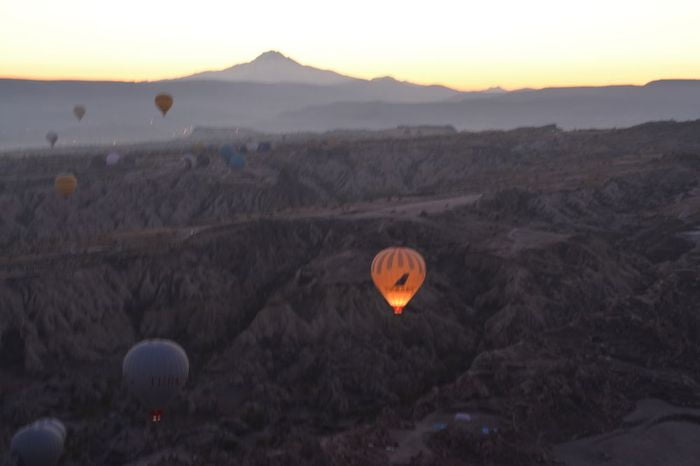The measuring of vegetative reproduction by means of the seasons of the year is included in all custom-ritual systems of different civilizations in different continents. In the Indo-European and the Indo-Iranian culture- language domain, the year is in principle related to the Sun and only some elements are calculated as per the movement of the Moon.
But in all cases it begins in the February-March period and, more precisely, near the spring equinox on the days of 21-24 March. Reliable sources relate this to the folklore-traditional calendar and to the custom-ritual system of the ancient Bulgarians (the celebration of the month of March with the red and white colors of the “martenitsa”, i.e. the merging of the male (white) and female (red) cosmic beginnings, is one sign).
The preservation of the Old Bulgarian calendar is documented in stories and in the apocryphal medieval literature. Because of that, the vegetative cycle is not only agrarian for the Bulgarians, it is also religious because the faith in its resurrecting power gives people the hope for new life after death. That is characteristic of the centuries-old Bulgarian folklore. It synthesises ancient Indo-Iranian and specifically Indo- European ingredients, both ancient and medieval.
The ritual calendar usually distinguishes two major seasons of the year between the summer and winter solstice (21-24 June and 21-24 December), i.e. between the births of the prophet John the Baptist and the Son Saviour, or between the heroic warriors St. Georgi (April-May) and St. Dimitar (November). These periods include the observation of the basic rituals of the mediation involving man and divine power. In this respect, Bulgarian folklore is a rich gene bank of the paleo-European cultural heritage.
Thus the time passing from myth and legend into the circle of resurrection takes us to the people who compete in order to defend their values.
Defends people
The state, which organises and defends the people, is external and JL visible. But there is also an inner state, the state of the spirit. The external one functions as a structure and that is why it is dependent on a range of factors; it can perish and revive. The internal one is the real life of its bearers and that is why it is invincible and indestructible in its form of language, script, faith, education and art. In the end, the state of the spirit is the nonphysical substance of the historically active and creative behaviour of the nation, which is defined by understood virtues.
Read More about Explore Burgas

